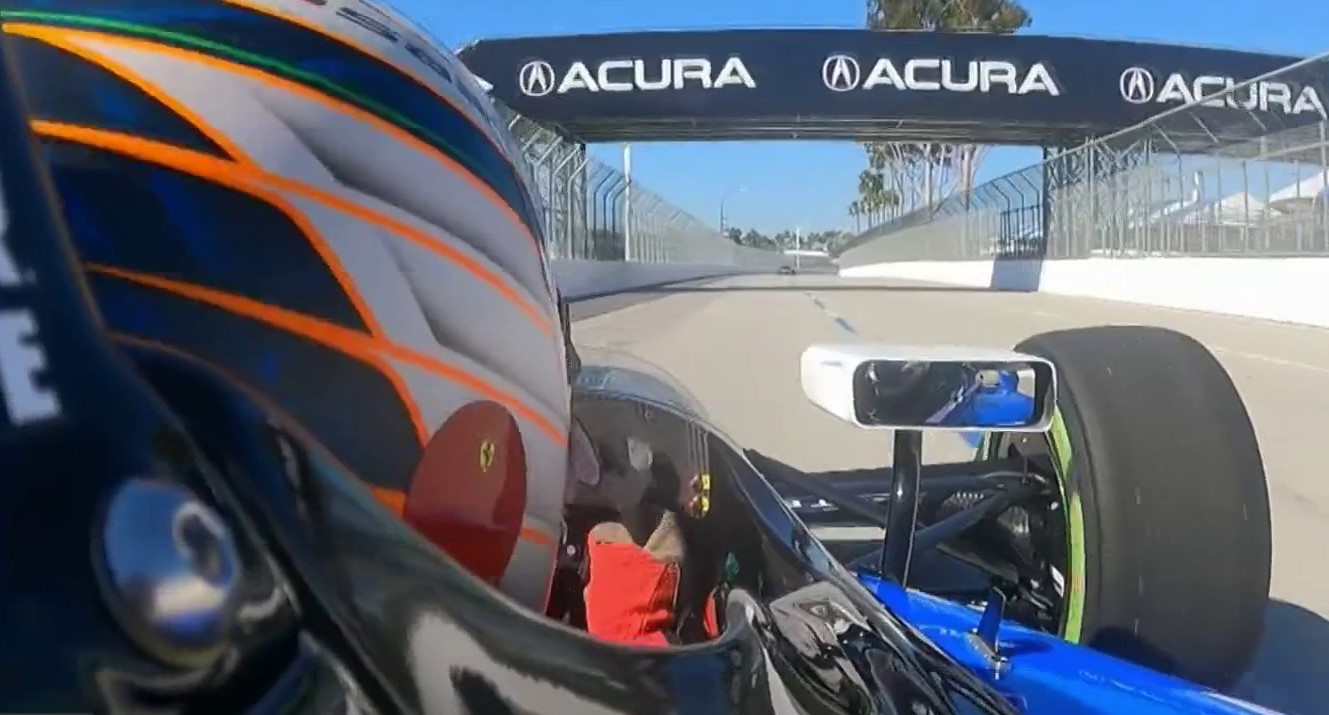Lawmakers Wednesday considered legislation regarding red light cameras at intersections.
AB 1008 would put an end to automated traffic enforcement systems, which employ photography and other automated methods to track and ticket motorists who gun through “pink” lights. The issue was discussed Wednesday in the Assembly Local Government Committee.
If adopted, the ban would take effect in January of 2012.
Assemblyman Paul Cook (R-Yucca) was spurred to introduce the legislation after constituents raised concerns that the monitors were lining municipal coffers at the expense of public safety, said John Sobel, Cooks’s chief of staff.
“If we are installing cameras simply for the sake of increasing revenue, that’s not a good reason to have them,” Sobel said.
In Los Angeles, the city has spent $2.6 million on a red light camera system over the last two years. Since the installation of the cameras in 2006, there have been no red-light accident-related deaths at monitored intersections.
In 2009, the city issued nearly 40,000 tickets from the 16 intersections enforced by cameras monitored by the LAPD, city records show. At $159 per offense, the city generated nearly $6.2 million in revenue.
Local
Get Los Angeles's latest local news on crime, entertainment, weather, schools, COVID, cost of living and more. Here's your go-to source for today's LA news.
On Tuesday the city of Los Angeles extended its contract with camera manufacturer American Traffic Solutions for three months.
The contract was due to expire at the end of April, but the Los Angeles Police Commission requested more time to review an audit of the city’s camera system and its impact on public safety.
LAPD personnel have spoken in favor of the cameras. Cost, however, may be the deciding factor. The audit of the system showed that despite the revenue generated, the cameras are ultimately operating at a loss because of the strain on the court system.
The Los Angeles County Sheriff monitors additional cameras installed along Metro train at-grade crossings. Many cities in and around LA County use red light cameras.
In Gardena, Chief of Police Edward Medrano advised the city council to eliminate the city’s red light cameras more than a year ago.
“Our research in Gardena has revealed there is no significant traffic safety impact as a result of the use of the red light cameras,” Medrano wrote in a memo dated February 3, 2010.
He noted that collisions at the intersections in questions had not declined and had even, in some cases, increased.
The relationship between police and civilians had been damaged because residents perceived that the city was putting revenue over safety, Medrano wrote
“We have received constant feedback from our citizens suspicious of our rationale,” Medrano wrote. “I believe this perception is still somewhat valid.”
Later that month, the Gardena City Council voted unanimously to keep the cameras in place. The city has since averaged close to 1,300 camera-generated tickets a month.
Medrano’s concerns about the public perception of red light cameras are echoed elsewhere in Southern California. In 1993, the Appellate Department of the Superior Court of Ventura ruled on one of the first red light camera cases in the country. The decision found red light cameras intrusive, unfair, and potentially damaging to public opinion of law.
"Traffic rules account for most of the contact by average citizens with law enforcement and the courts,” Judge P.J. Osborne wrote in the decision.“Enforcement of laws which are widely perceived as unreasonable and unfair generates disrespect and even contempt toward those who make and enforce those laws.”
This notion has encouraged legal action throughout the country, with the ACLU coming forward to accuse law enforcement of “mission creep” – using red light cameras for surveillance purposes beyond those related to monitoring reckless drivers. So far, no national consensus has been reached.



